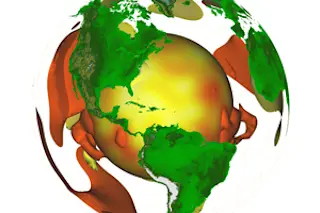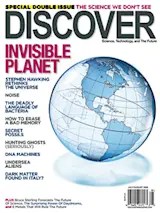I recall, with memory seemingly undimmed by the years, the first time I peered through a microscope and entered the rabbit-hole world of cell biology. The microscope in question was a miserable elementary-school device, barely illuminated with an old table lamp, and the cells in question were just onion skin and blobby scrapings from my cheek, but the effect was electrifying. There before me was proof that the world is not what it seems. What looked to be one thing was in fact many things, and what appeared to be simple was mind-bogglingly complex.
Working on this issue has recapitulated that experience over and over. In one feature, oceanographer Edie Widder finds that the dark abyss of the ocean actually crackles with enigmatic flashes from light-emitting creatures. In another, physics legend Stephen Hawking shares his latest conception of the universe—a theory in which all possible cosmic histories exist at the ...















